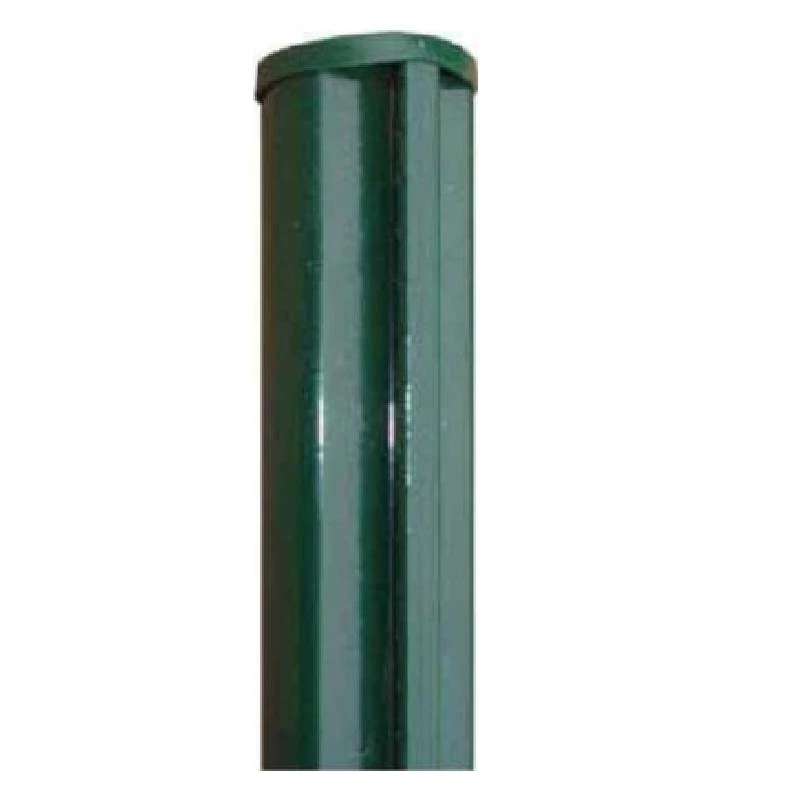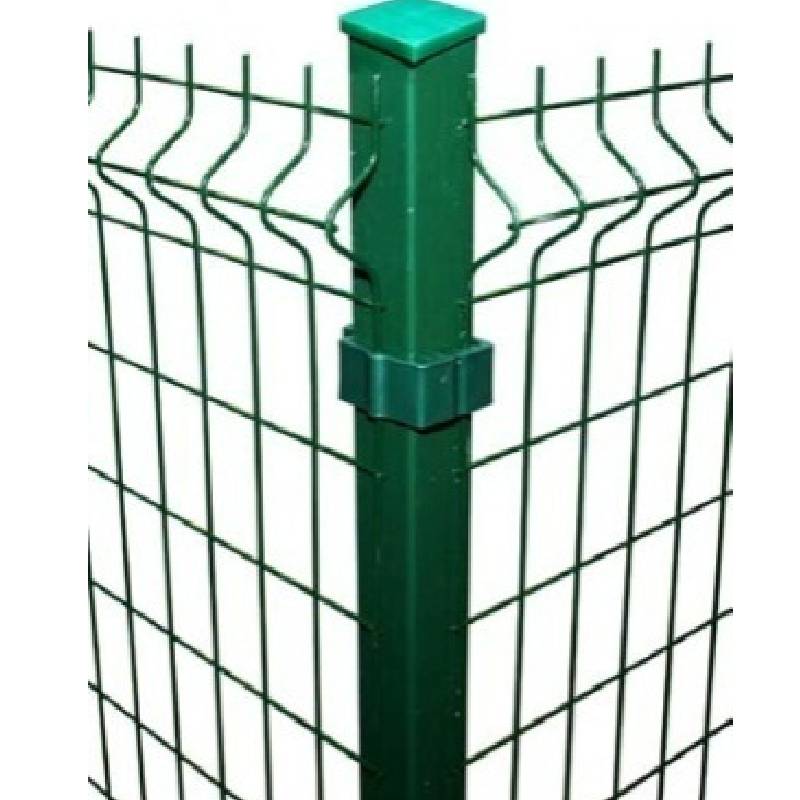-
Email:zhao@hyliec.cn
-
Tel:+86 311 85273988
-
WhatsAPP:8613931128750
-
 afrikalik
afrikalik -
 alban
alban -
 Amhar
Amhar -
 arabcha
arabcha -
 arman
arman -
 ozarbayjon
ozarbayjon -
 bask
bask -
 belarus
belarus -
 bengal
bengal -
 bosniyalik
bosniyalik -
 bolgar
bolgar -
 katalon
katalon -
 Sebuano
Sebuano -
 Korsika
Korsika -
 xorvat
xorvat -
 chex
chex -
 Daniya
Daniya -
 golland
golland -
 Ingliz
Ingliz -
 Esperanto
Esperanto -
 eston
eston -
 fin
fin -
 frantsuz
frantsuz -
 frizcha
frizcha -
 Galisian
Galisian -
 gruzin
gruzin -
 nemis
nemis -
 yunoncha
yunoncha -
 Gujarati
Gujarati -
 Gaiti kreoli
Gaiti kreoli -
 hausa
hausa -
 gavayilik
gavayilik -
 ibroniy
ibroniy -
 yoq
yoq -
 Miao
Miao -
 venger
venger -
 island
island -
 igbo
igbo -
 indonez
indonez -
 irland
irland -
 italyancha
italyancha -
 yapon
yapon -
 yava
yava -
 Kannada
Kannada -
 qozoq
qozoq -
 kxmer
kxmer -
 Ruanda
Ruanda -
 koreys
koreys -
 kurd
kurd -
 qirg'iz
qirg'iz -
 sil kasalligi
sil kasalligi -
 lotin
lotin -
 latviyalik
latviyalik -
 litva
litva -
 Lyuksemburgcha
Lyuksemburgcha -
 makedon
makedon -
 Malgashi
Malgashi -
 malay
malay -
 Malayalam
Malayalam -
 Malta
Malta -
 maori
maori -
 Marathi
Marathi -
 mo'g'ul
mo'g'ul -
 Myanma
Myanma -
 Nepal
Nepal -
 norveg
norveg -
 norveg
norveg -
 oksitan
oksitan -
 Pushtu
Pushtu -
 forscha
forscha -
 polyak
polyak -
 portugal
portugal -
 panjob
panjob -
 rumin
rumin -
 rus
rus -
 Samoa
Samoa -
 Shotlandiya gael tili
Shotlandiya gael tili -
 serb
serb -
 Ingliz
Ingliz -
 Shona
Shona -
 Sindhi
Sindhi -
 Sinhala
Sinhala -
 slovak
slovak -
 sloven
sloven -
 Somali
Somali -
 ispancha
ispancha -
 sundan
sundan -
 suahili
suahili -
 shvedcha
shvedcha -
 Tagalog
Tagalog -
 tojik
tojik -
 Tamil
Tamil -
 tatar
tatar -
 Telugu
Telugu -
 tay
tay -
 turkcha
turkcha -
 turkman
turkman -
 ukrain
ukrain -
 urdu
urdu -
 uyg'ur
uyg'ur -
 o'zbek
o'zbek -
 Vetnam
Vetnam -
 uels
uels -
 Yordam
Yordam -
 Yahudiy
Yahudiy -
 Yoruba
Yoruba -
 Zulu
Zulu
Qilichbozlik posti
What Type Of Fence Post Is Best?
The best type of fence post depends on various factors such as the type of fence, local climate, soil conditions, and personal preferences. Common options for fence posts include:
1. Round steel posts: Round steel posts are a traditional and versatile choice, suitable for various fence types. They can be treated to resist rot and decay, but may require maintenance over time.
2. Square steel posts and rabbet posts offer durability and strength, making them suitable for supporting heavy or high-security fences. They are resistant to rot and insect damage.
3. Steel round posts/ square posts/ rabbet with base plate: They are suitable to install on the concrete ground, and fixed by concrete nails.
What Size Is A Fence Post?
Fence posts come in various sizes, typically having Φ32 Φ34 Φ38 Φ48 Φ60 Φ80 for round steel posts and 40x40 60x60 40x60 60x60 80x80 100x100 etc for square tube posts in dimension. The specific size of a fence post depends on the type of fence being installed, the height and weight of the fence panels, and the local building codes or regulations. It's important to select the appropriate size of fence post to ensure stability and structural integrity for the specific fencing project. Consulting with a professional or referring to local building codes can provide guidance on the recommended size of fence posts for a particular application.
Fence Post FAQ:
What type of fence post is best?
The best type of fence post depends on various factors such as the type of fence, local climate, soil conditions, and personal preferences. Common options for fence posts include round steel posts, square steel posts and rabbet steel posts, posts with base plate or without base plate. Each type has its own advantages and considerations, so it's important to choose the most suitable option based on the specific requirements of the fence project.
What size is a fence post?
Fence posts come in various sizes, typically typically having Φ32 Φ34 Φ38 Φ48 Φ60 Φ80 for round steel posts and 40x40 60x60 40x60 60x60 80x80 100x100 etc for square tube posts in dimension. The specific size of a fence post depends on the type of fence being installed, the height and weight of the fence panels, and local building codes or regulations. It's important to select the appropriate size of fence post to ensure stability and structural integrity for the specific fencing project.
How to install a panel fence?
Paneling a fence involves several steps, including measuring and planning, installing the posts, attaching the panels, adding finishing touches, and performing regular maintenance. It's important to follow the manufacturer's instructions and local building codes when paneling a fence to ensure proper installation and compliance with regulations. If in doubt, it's advisable to consult with a professional or seek guidance from experienced individuals.






